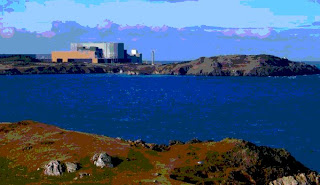It also shows that forecast such as GDP, are constructs only and can; as admitted by the Chair of the OBR Robert Chote, be wrong as well as right. They depend on assumptions made of many unknowns.
It is clear; our future prosperity depends heavily on the health of the European economy, and a sustained growth in exports. This is because domestically, if you look at the UK overall debt, you will realise we have already maxed out our national credit cards, and that any recovery bought about by consumer spending (on say white goods, mostly imported) would not in the long term, be sustainable.
The Welsh Assembly in their economic renewal programme talk about choosing winners. One key element should be developing successful export markets for Welsh companies. Why therefore did the Welsh Assembly decide this year to disband the successful ‘International Business Wales’?
Especially as discovered by the CBI in October exports from Wales are falling, whilst they are growing for the rest of the UK.












































 The 0.8 per cent growth stemmed from:
The 0.8 per cent growth stemmed from:



